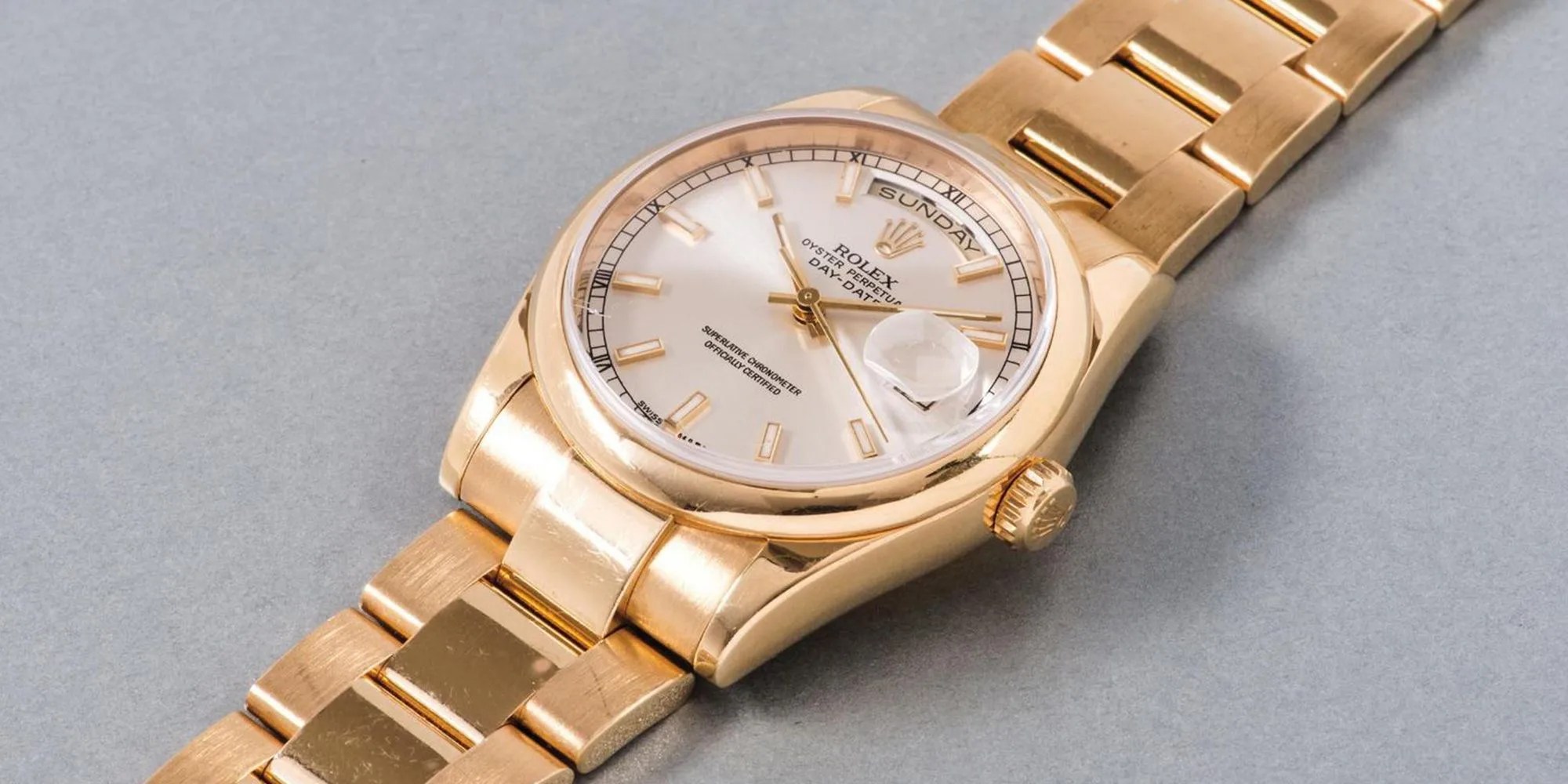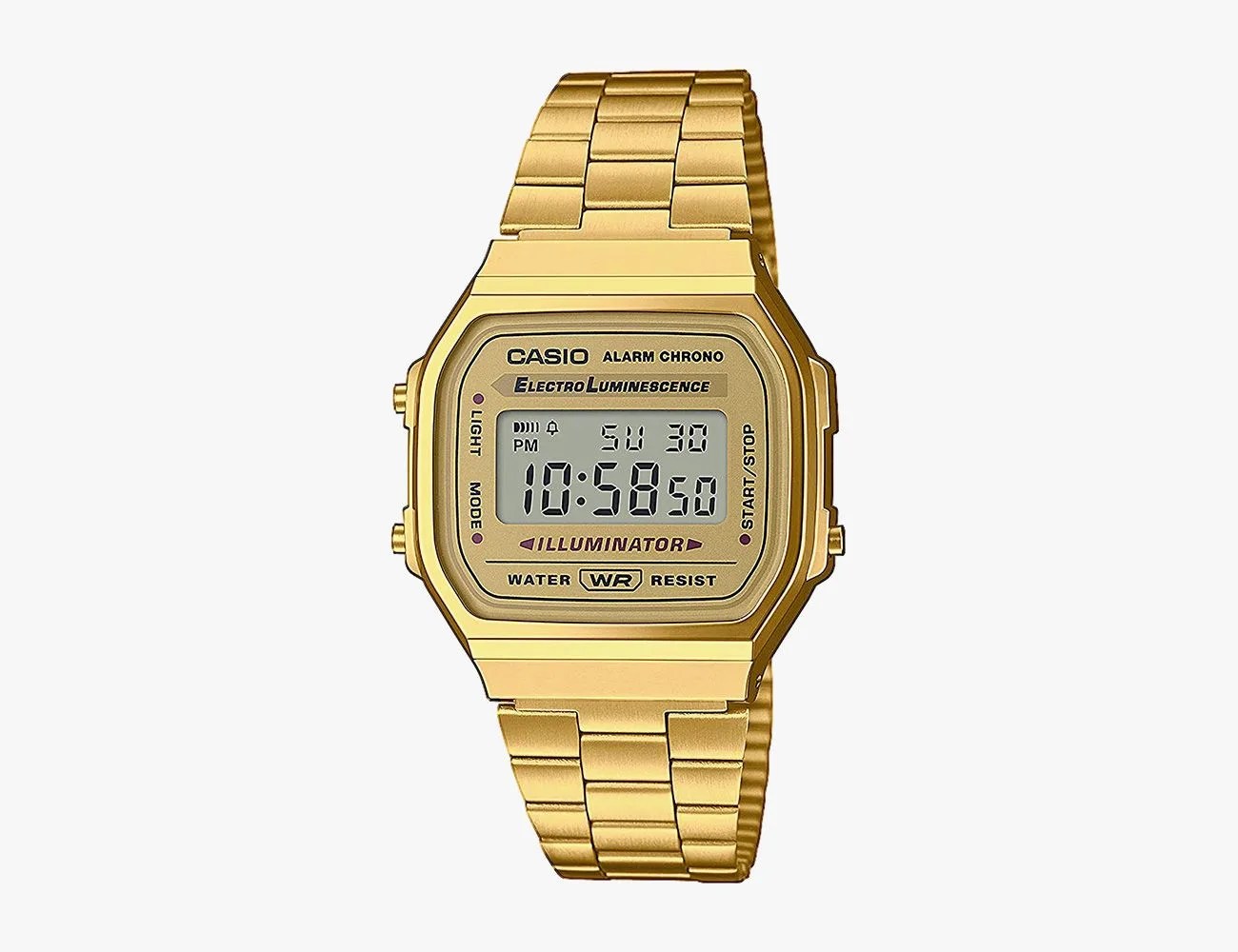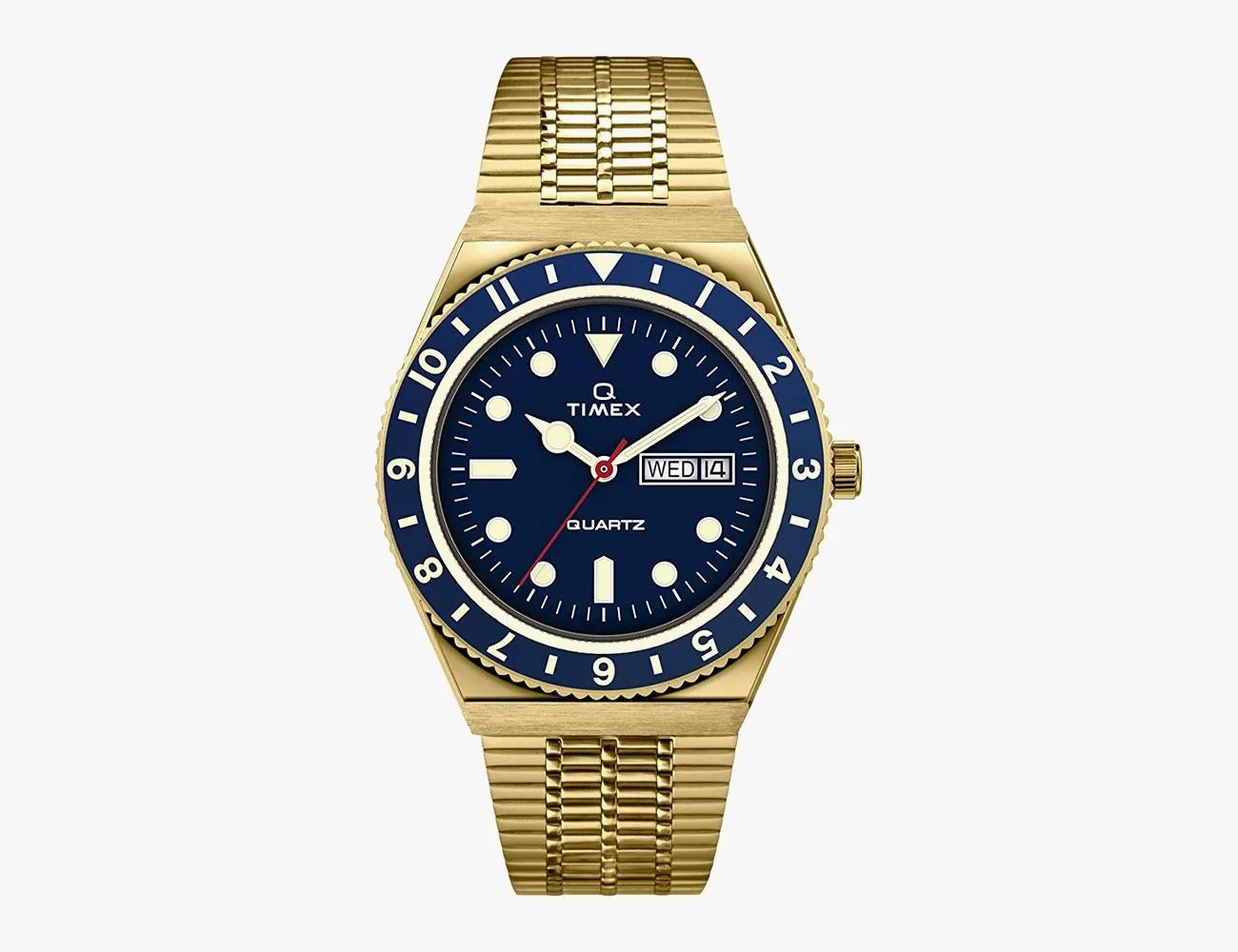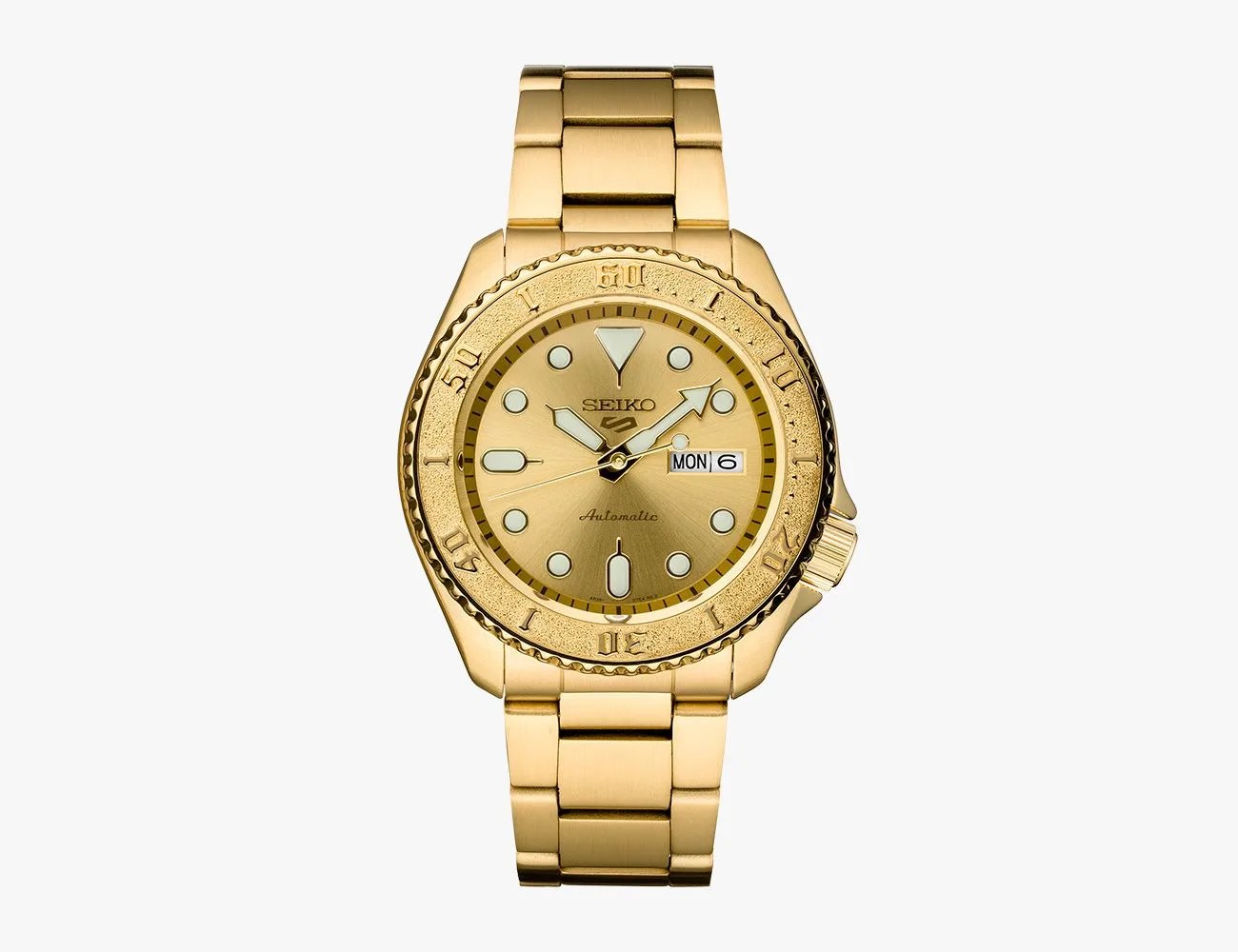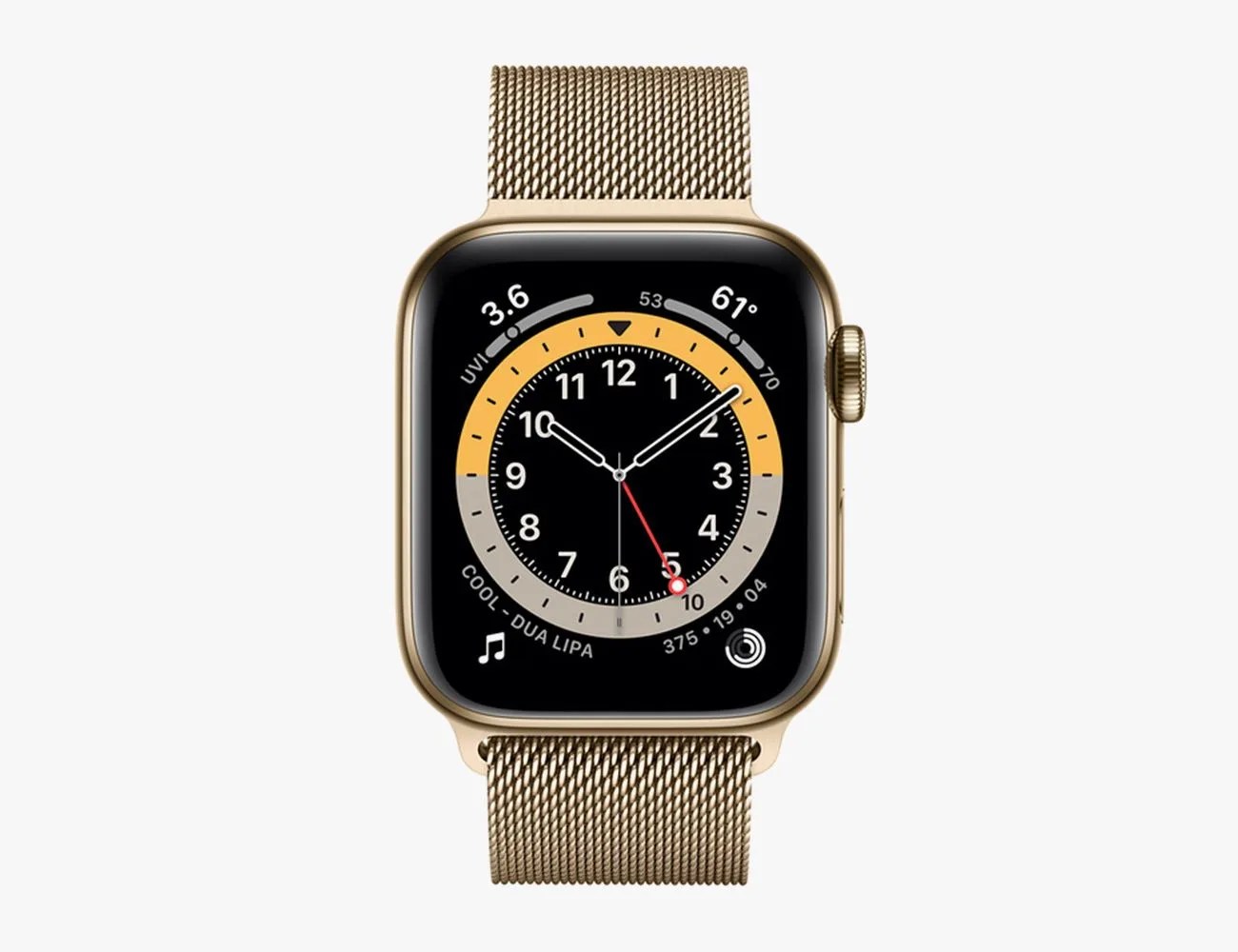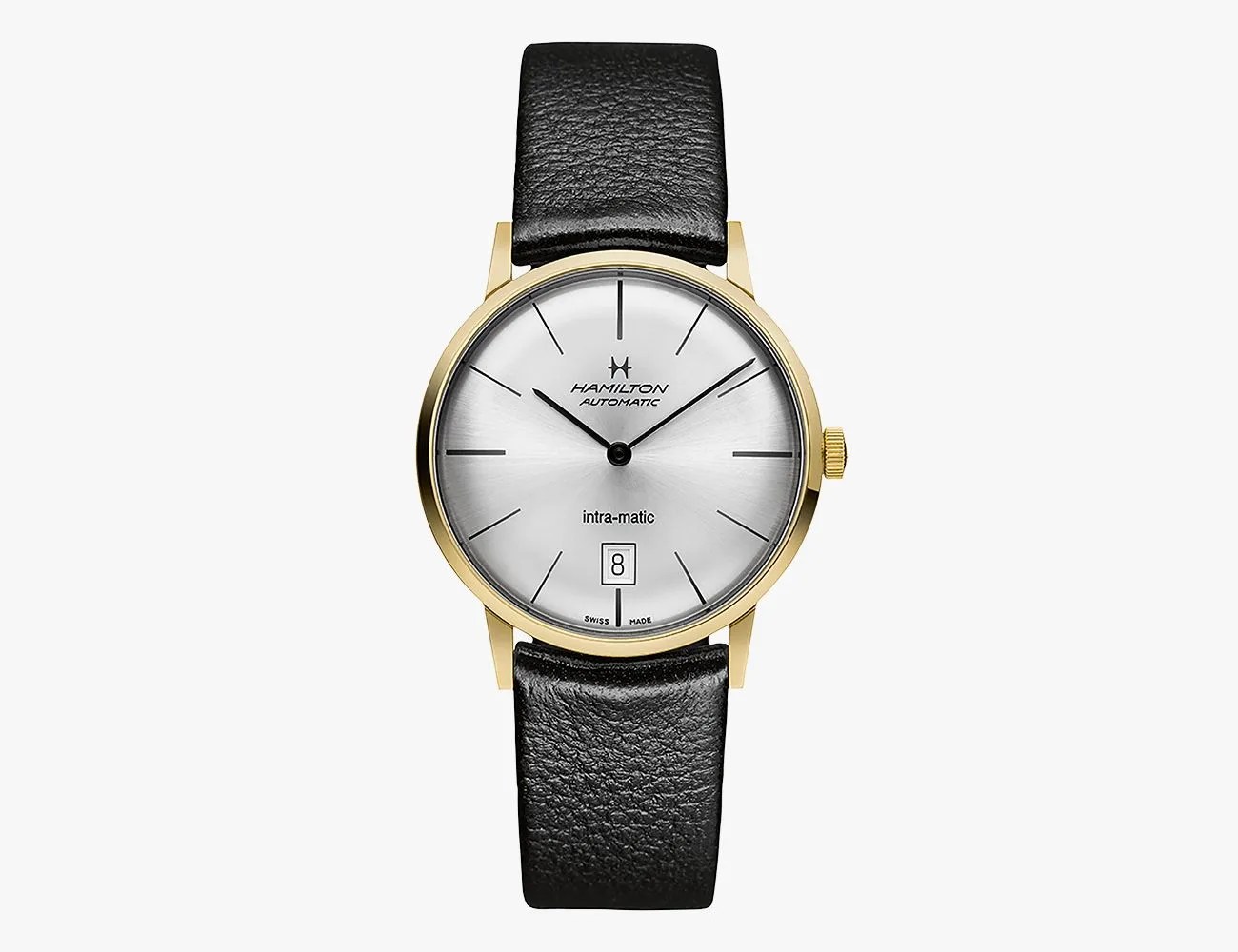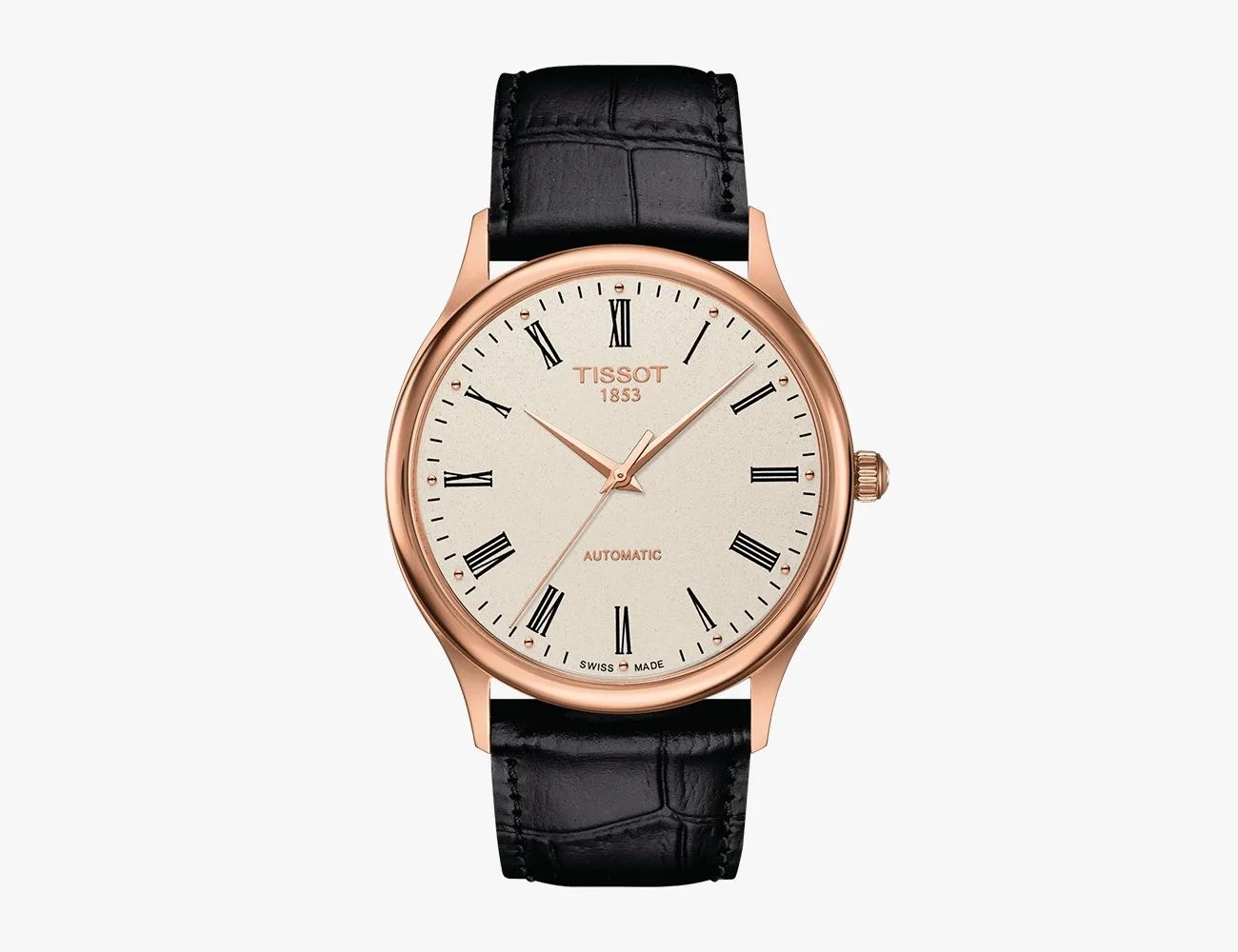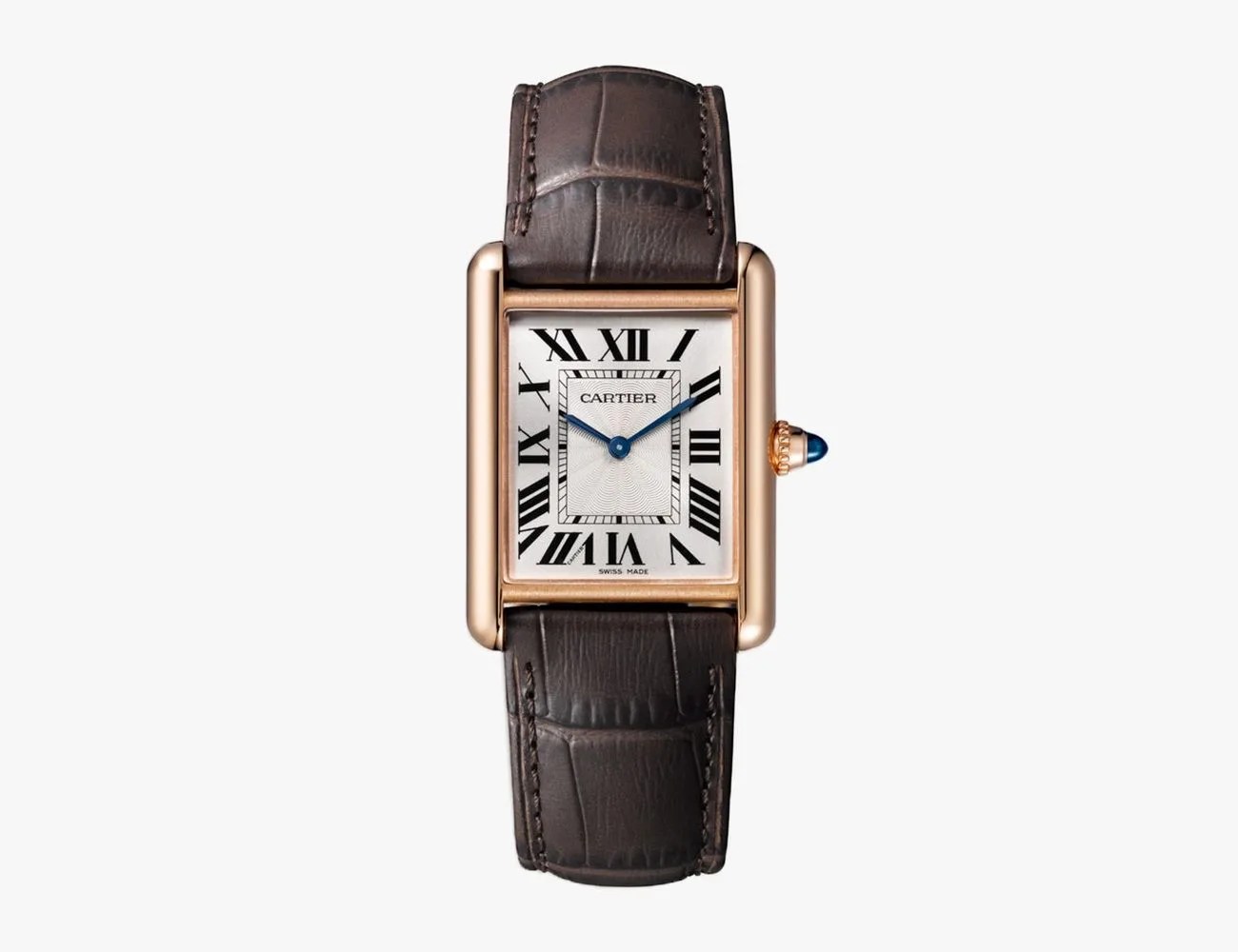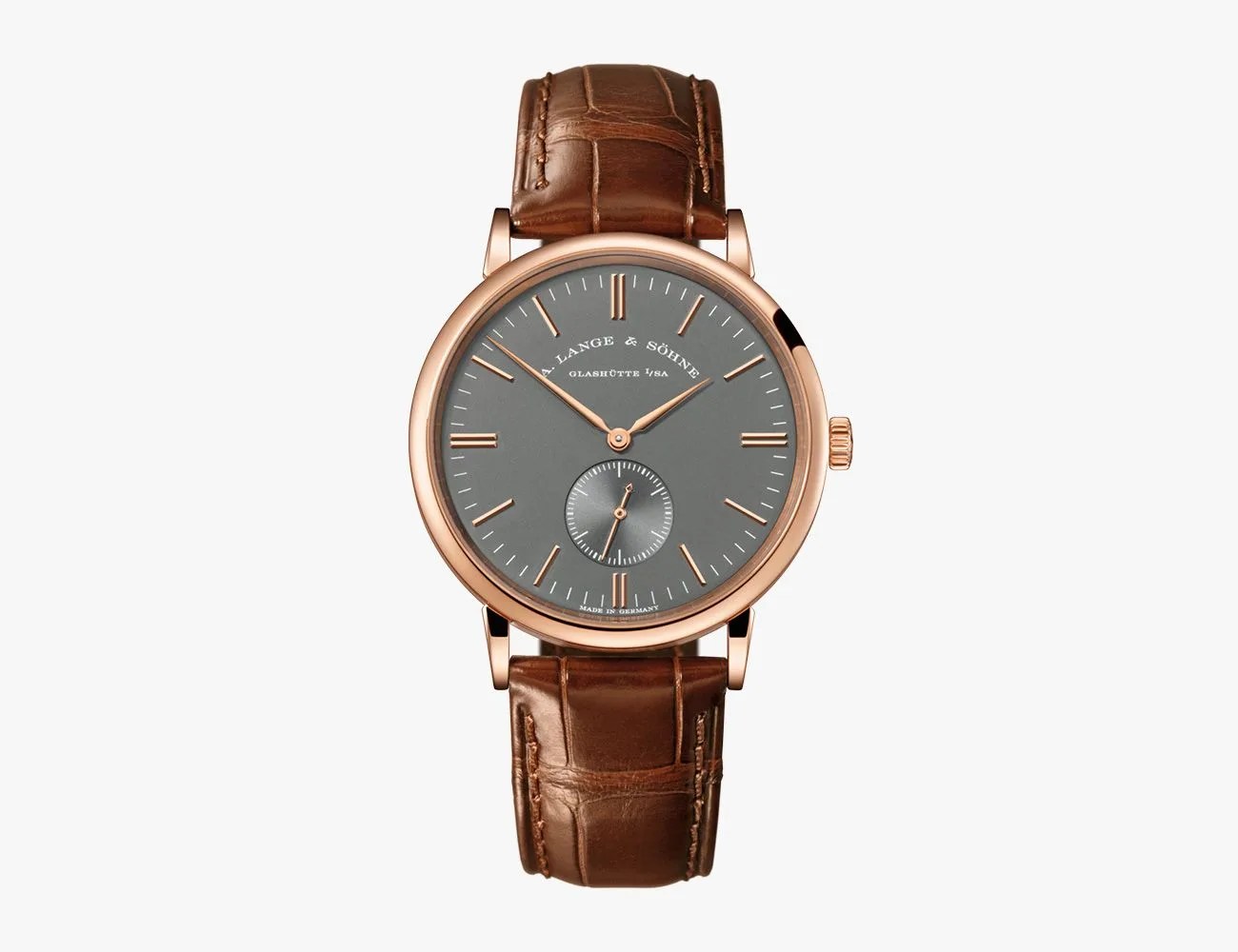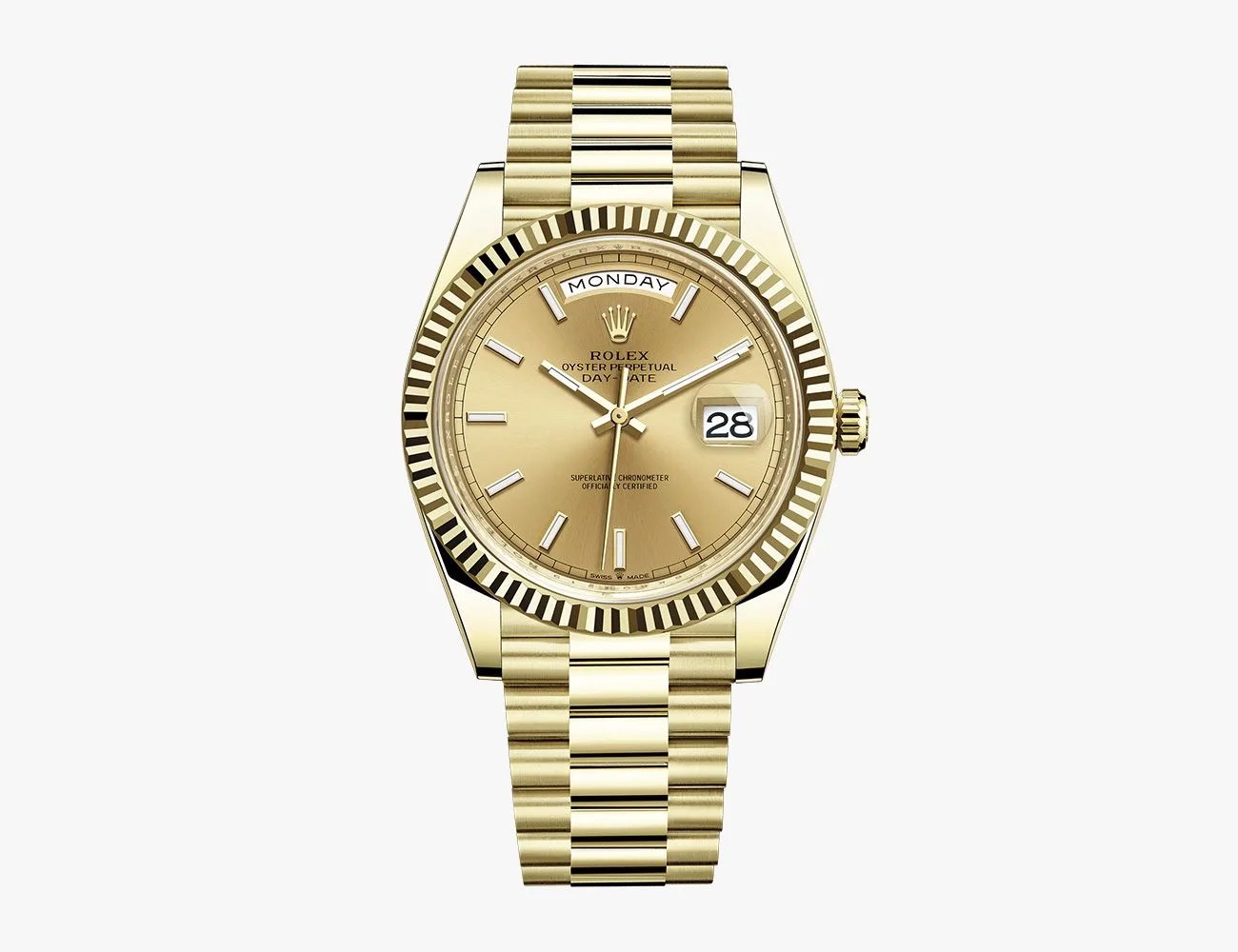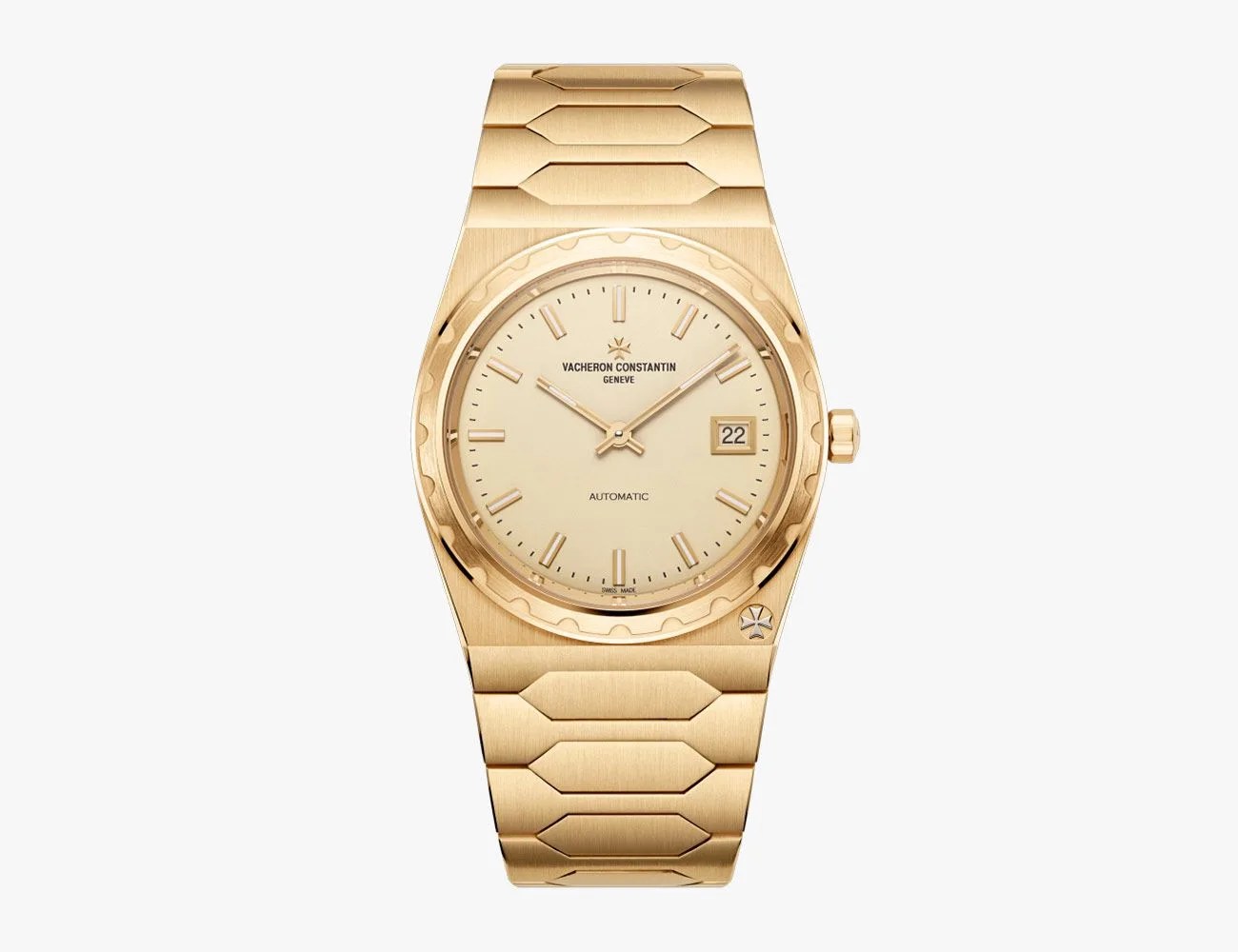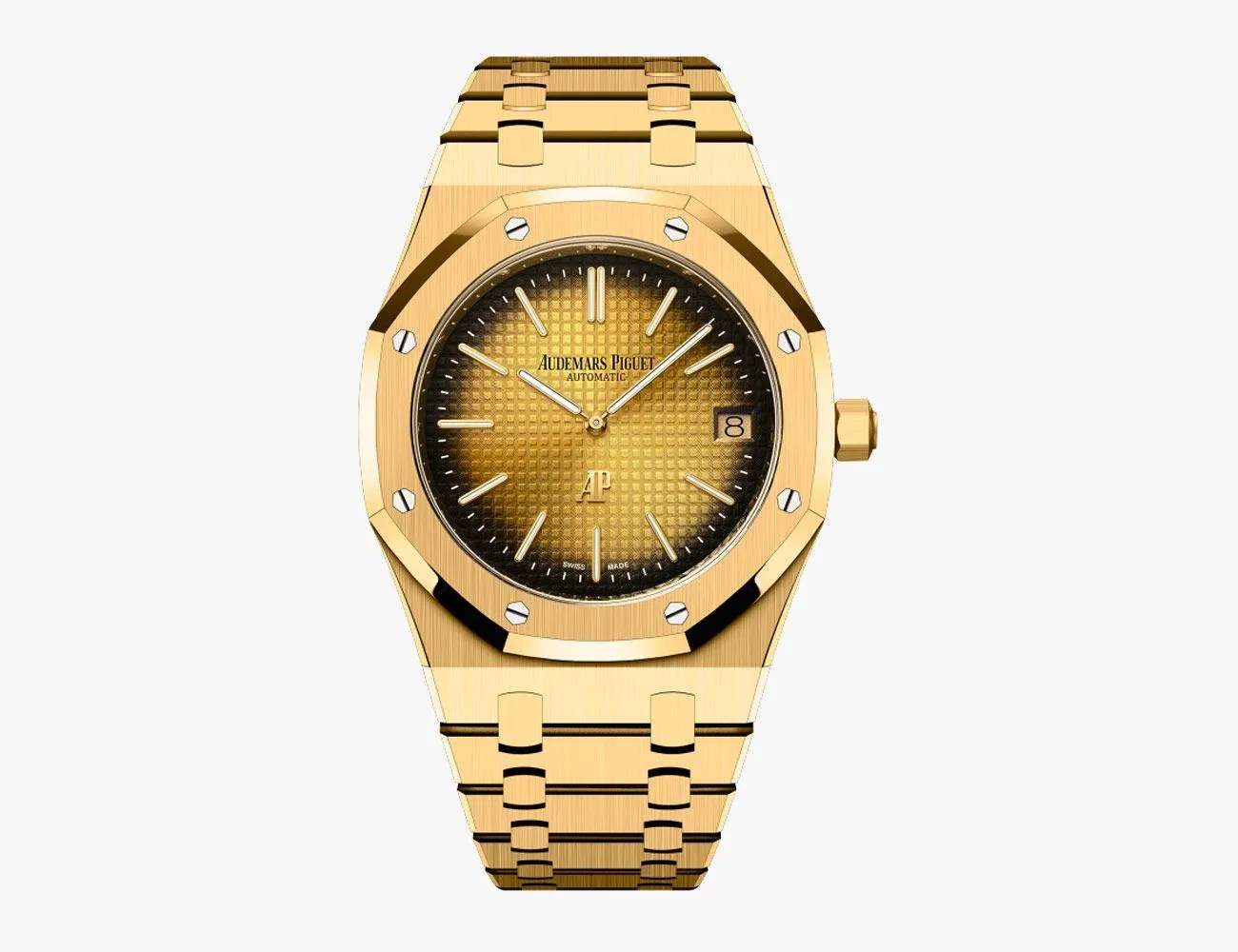Gold is created by supernovas when neutron stars collide and is thought to be the first metal known to humans — but more importantly: it looks fantastic on your wrist. It also has a long history in watchmaking, but you might even look right past all that simply for its famously bewitching shininess. Stainless steel tends to be the preferred material for most watches today, but there’s still a potent allure to the gold watch.
Gold Watches’ Place in History and Culture
Go back to before the 1920s and 1930s when stainless steel was first used in watchmaking and you’ll find a lot of watches made from silver and gold. These are softer materials that are easier to machine — and it helps that they polish up particularly well. Unlike silver, though, gold is also highly resistant to tarnishing. Even after steel began to be used for watch cases, it didn’t become common until many decades later, and elegant gold watches remained popular.
Gold has weight, both physical and cultural. Around the 1940s in the US, for example, a tradition began of presenting a gold watch to retiring employees after decades of service at a company. That practice has mostly been abandoned today, but the gold watch as a symbol of value, achievement and just something special remains in the popular memory.
Products in the Guide
-
Casio Vintage A168WG
Read more -
Q Timex Reissue
Read more -
Seiko 5 Sports SRPE74
Read more -
Casio G-Shock Full Metal GMWB5000PG-9
Read more -
Apple Watch Series 8
Read more -
Hamilton Intra-Matic Auto
Read more -
Tissot Excellence Automatic 18K Gold
Read more -
Cartier Tank Louis Cartier
Read more -
A. Lange & Söhne Saxonia
Read more -
Omega Seamaster 300
Read more -
Rolex Day-Date 40 “President”
Read more -
Vacheron Constantin Historiques 222
Read more -
Audemars Piguet Royal Oak “Jumbo” Extra-Thin
Read more
What to Know About Buying Gold Watches Today
If you want a gold watch today, there are many choices. You can simply get the look with a “gold-toned” or “gold-plated” watch, one with gold plating over a less expensive metal (usually steel), or you can spring for one of solid gold.
Most solid gold watches use 18-carat gold, an alloy of 75% gold mixed with other metals that help harden it (and cost less than pure 24-carat, which is generally too soft for watches anyway). A more affordable option can also (but rarely) be found in 14-carat (about 53%) gold. The misleading term gold-filled refers to a thin (less than 5% of total weight, but thicker than gilding or gold plating) layer of gold over a core of another metal, but this is uncommon in modern watches.
Watchmakers often like to use gold because it allows them to mark up their products. The price of a gold watch will often be considerably more than the value of the material itself compared to the same watch in steel, but watchmakers can also add value through finishing — even though gold is easier to work with than a cheaper, harder metal like steel. In addition to classic yellow gold, many watch companies use red gold, pink gold, rose gold and even produce and name their own unique alloys.
